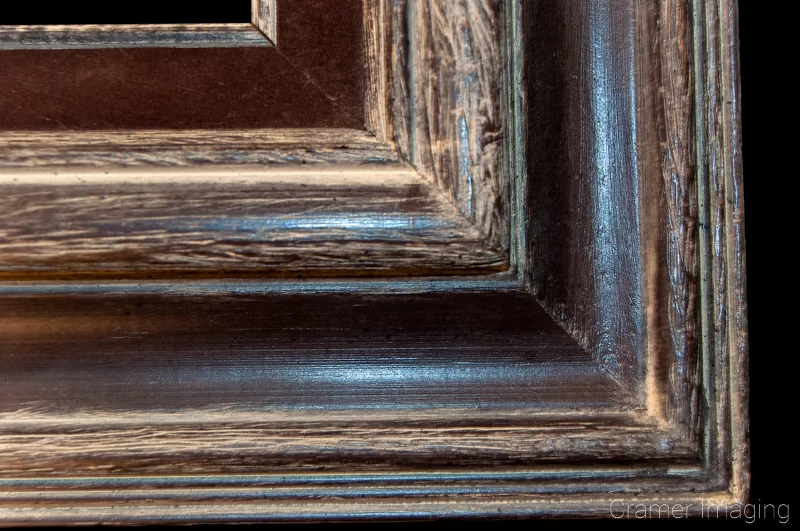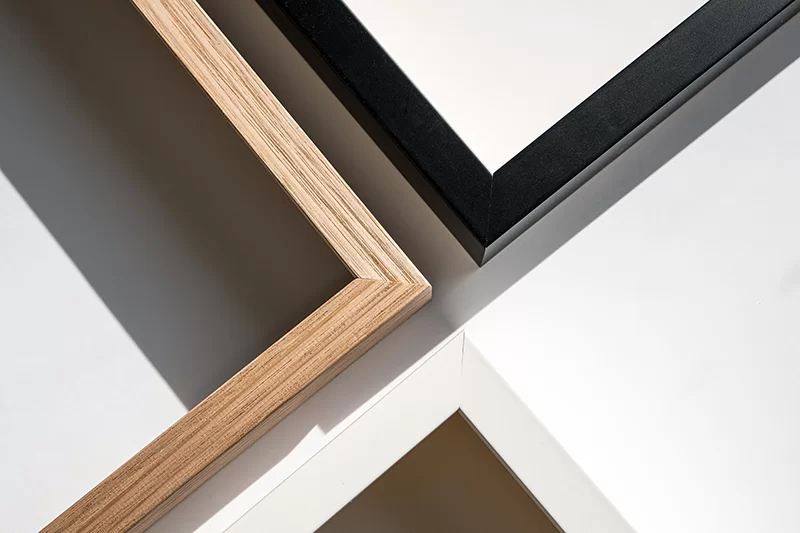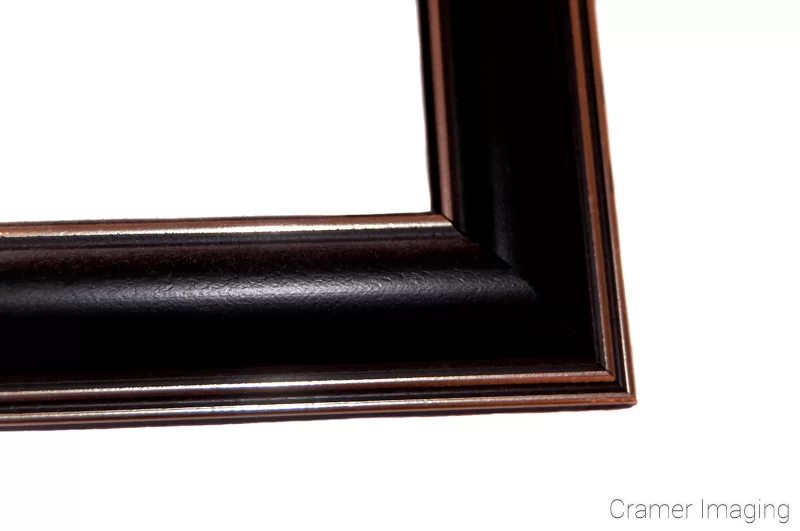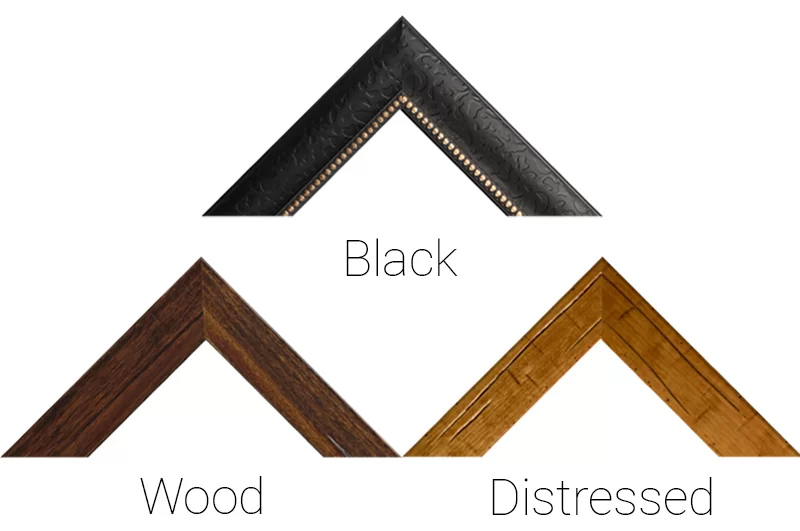I’ve been a photographer for over a decade now. During my time, I’ve run into a few interesting problems. However, none is more perplexing than the issue I’m discussing today. It involves picture frames. So, let’s dive in and discuss the picture frame problem.
The Background
When I started into photography, I started thinking I needed to amass picture frames to sell my photos in. As I initially started in wedding and portraiture, it made sense to me. It made sense to other people as well. So, I ended up with a pile of discarded picture frames from family members and shirt-tail connections. These frames were in varying states of style, color, cleanliness, and even repair. Mostly, no 2 frames were the same. Also, they were often smaller frames with the bigger frames reaching about 8×10 inches. Though, sometimes I did receive larger frames without glass or a back.

The Picture Frame Problem
Perhaps some of you can see where this is going already. However, many will not. I understand. It’s not a problem I initially understood either until I experienced it for myself.

I know that everyone comes to the point of acquiring more stuff than they need. Over time, they feel like off-loading what they don’t need or want anymore. This can and does include picture frames. Many people also feel guilty about throwing away perfectly serviceable goods like picture frames. So, such people naturally want to send their excess off someplace where it’ll be useful. I get it.

Occasionally, someone gets the idea that a photographer (new or seasoned) would benefit from receiving discarded picture frames. That’s when they make a kind-hearted offer to me. On the surface, it seems mutually beneficial. You get rid of some clutter, and you give it to someone you feel could use it. However, this is not the case on my end.
My End of Things
Over my years of experience and research of others’ experience, very few people buy photo prints with a picture frame. Most wedding and portrait customers buy prints without a mat even. Photography customers of all kinds expect to go buy their picture frames elsewhere. When I do get a photography customer buying a print IN FRAME (it happens occasionally in the fine art world), it’s always one of the much larger sizes like a 12×18 print in a custom 2-3 inch mat with picture frame with custom dimensions. That’s WAY bigger than the kind-hearted donation size listed above.

I’ve found that, in general, people don’t actually expect the photographer to sell picture frames with purchase of prints. I don’t know why but that’s how things currently work. Also, many times, those commonly ordered smaller print sizes like 4×6, 5×7, and 8×10 don’t end up in picture frames at all. They end up in albums or stacks someplace.
Another observation I’ve made is that people, when they do expect the photographer to sell picture frames, expect a higher quality frame than what you find at Walmart. Those cheap frames you find on discount isles will not easily sell when coming from a photographer since the photographer must add to the price just to make some back for time spent and to generate a profit. If I charge you $45 for a picture frame which you know you could find at Walmart for $25, which source would you purchase from? I know where I would go.

Even if I did offer picture frames, I’ve also noticed another trend. Most consumers don’t often want to buy used picture frames. They certainly don’t want to buy a beat-up old frame from me. They prefer something in much better condition. Also, most consumers don’t want a one-off situation with picture frame shopping. They want a reliable selection to choose from. Discarded picture frames don’t offer that reliable supply.

So, where does this problem leave me? It’s very simple. I end up with stacks of useless empty picture frames taking up space. I have no use for them at all. Depending upon condition, I might donate some of these frames (even brand-new ones) to a second-hand store. The worse ones will end up in the trash. It’s sad but true.
Where Does That Leave Us?
This is a very good question. I’ll start by saying thank you for thinking of me. That’s kind of you. Thank you for paying attention to what I do for a living. It does feel good that you noticed. However, please don’t make me feel like the bad guy for turning down your kind-hearted and well-intentioned gift. It makes me feel bad to do so. I appreciate your consideration, but I cannot sell low-end used frames especially. No one will buy them from me. All this arrangement does is make your junk into my problem. A problem I don’t want to deal with by the way.
In conclusion, I hope that this clears up an issue I face from time to time.





Perhaps the best solution for older picture frames (but not a great one) is yard sales….
Perhaps so